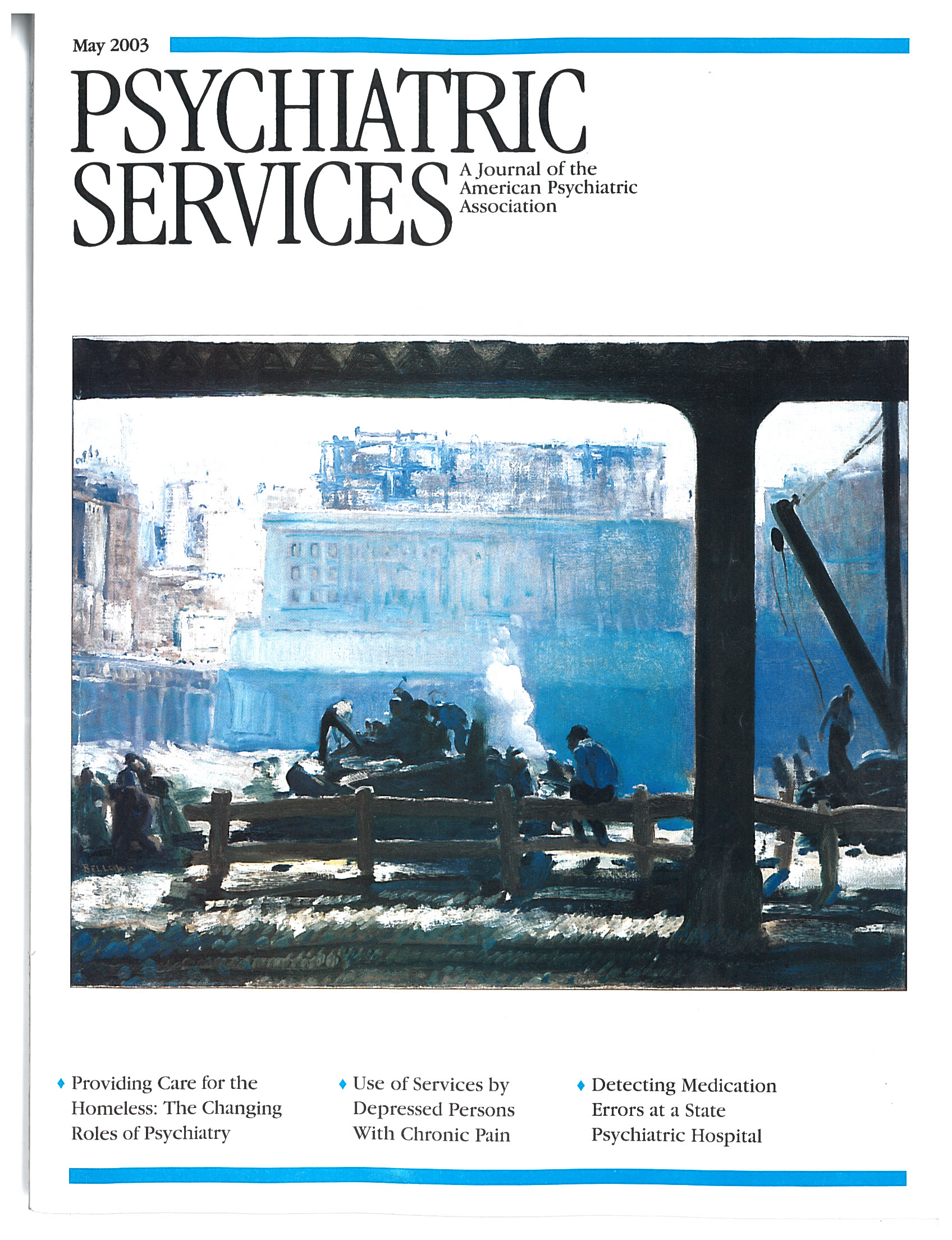Handbook of Assessment and Treatment Planning for Psychological Disorders
In Handbook of Assessment and Treatment Planning for Psychological Disorders, editors Martin M. Antony and David H. Barlow have given us a comprehensive and impressive volume that cogently details the clinical value of competent and efficient assessment. The editors, who are both psychologists, are noted researchers and clinicians who are probably best known for their writings on cognitive-behavioral approaches to the treatment of anxiety disorders. They have assembled a distinguished group of authors to cover a wide range of major adult psychiatric disorders.
The first part of the book contains two chapters that discuss brief screening tools and structured diagnostic interviews. The second part consists of 13 chapters, each dealing with a specific disorder or related group of disorders, including phobias, generalized anxiety disorder, obsessive-compulsive disorder, trauma, depression, eating disorders, relationship problems, schizophrenia, substance abuse, sexual dysfunction, and insomnia.
Many chapters feature useful tables that summarize the strengths and weaknesses of assessment tools for a particular disorder. The tables typically include data such as the number of items in the inventory, the amount of time necessary to complete the measure, whether the assessment involves self-report or is clinician administered, the target population, and psychometric properties. Each chapter offers practical recommendations to assist the clinician or researcher in choosing from the numerous well-validated and reliable instruments described. Guidelines are included to address differential diagnosis and comorbidity and to account for factors such as culture, context, medical and substance-related problems, and suicide risk. These suggestions will prove valuable in developing a customized assessment strategy based on the setting and on the needs of the patient.
Several of the chapters use case examples to illustrate how information from diagnostic interviews, self-report measures, behavioral assessment, psychophysiological measures, and even diary analyses can be integrated to develop a coherent case formulation, to identify targets for treatment, and to construct an individualized treatment plan. In addition to their role in conceptualization and planning interventions, assessment data are also a means for evaluating treatment efficacy and monitoring outcome, thus providing a mechanism for enhancing accountability.
Another common message from all the authors is the need for routine screening for emotional disorders in the primary care setting. The strategies outlined consist of assessment tools that are psychometrically sound and compatible with both empirically validated theory and practice. Specific instruments are identified that are brief, easy to use, and cost-effective.
This handbook demonstrates how planning-based assessment reveals the heterogeneity of each psychological disorder. It challenges the unfortunate practice of simply prescribing treatment on the basis of the diagnosis. Rather, it advocates an approach that begins with a multidimensional appraisal of the unique constellation of physical, psychological, and interpersonal factors that can then be translated into meaningful and often quantifiable patient-centered treatment goals.
Readers who are looking for detailed instruction on the development of treatment plans and in-depth discussion of intervention strategies for specific disorders are likely to be disappointed. This volume's emphasis is much more heavily weighted toward assessment than treatment. Nevertheless, Handbook of Assessment and Treatment Planning for Psychological Disorders is a hugely successful endeavor. It is highly recommended as a reference for psychologists, psychiatrists, and nurses, especially those engaged in research or whose practices call for formal assessment. The handbook would also be an outstanding training resource in graduate-level courses in abnormal psychology or psychological assessment.
Dr. Rutter is assistant professor of counseling and human services at Canisius College in Buffalo, New York, and a psychologist in private practice.



